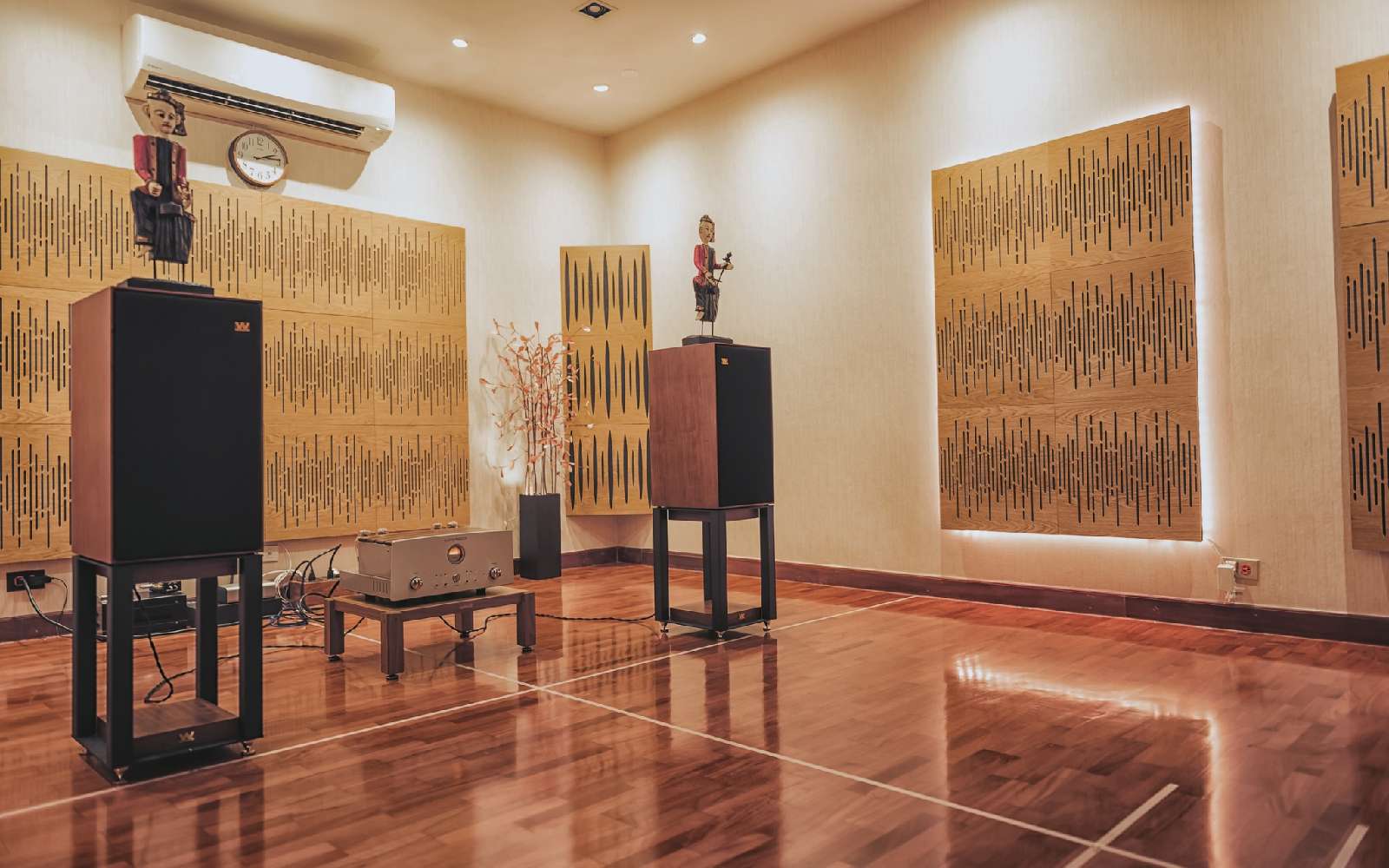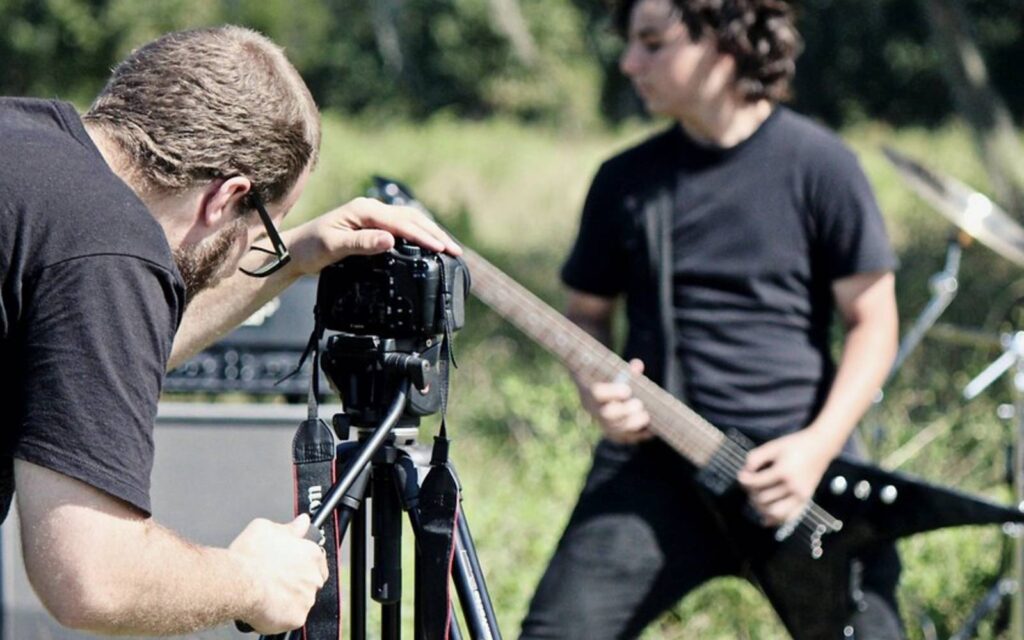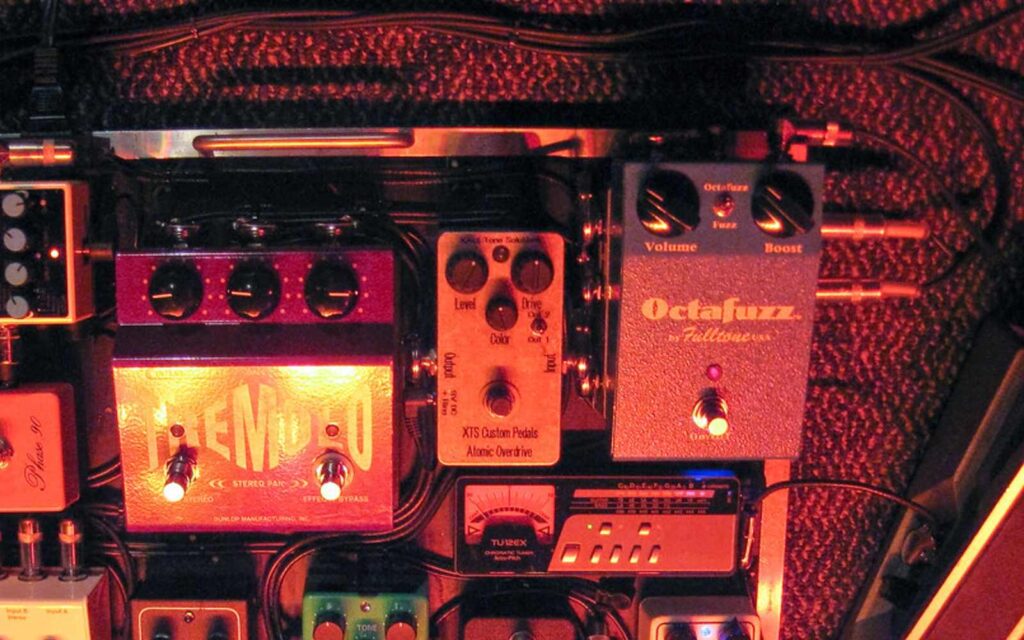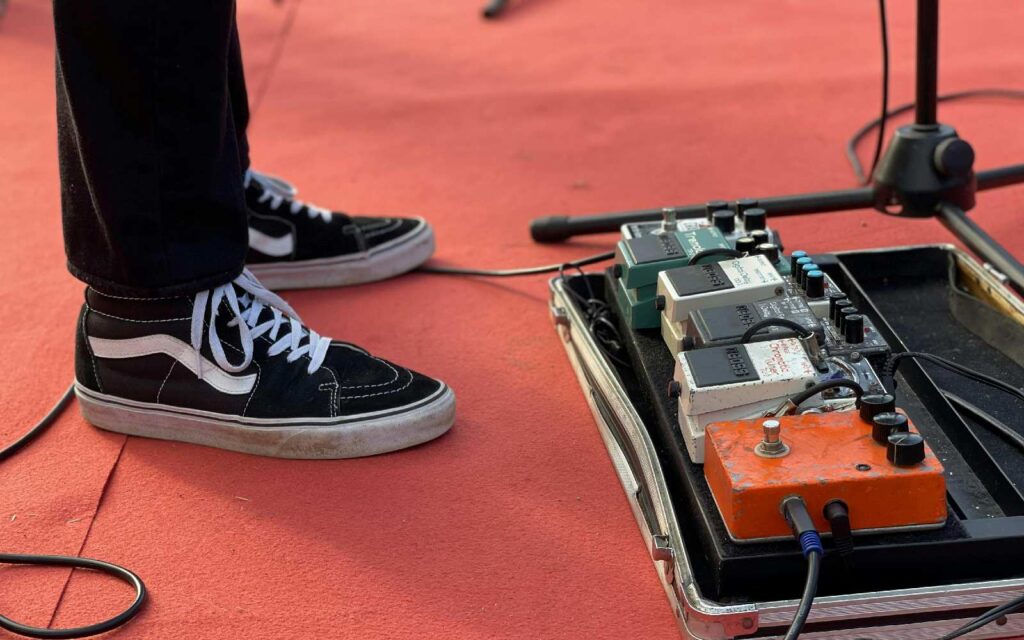Before you think about diffusing the mids and highs, treat those lows!
A bass trap, bass trapping and bass traps are something you’ll come up against a lot when you fall into the inevitable rabbit hole of audio mixing and production. Parallel wormholes of sidechain compression, low end control and high end sparkle are all in vain if you can’t hear what you’re doing, so it’s a natural progression to begin researching acoustic treatment and sound proofing. While we’ve explored acoustic treatment at a high level in our beginner’s guide, we’re now diving a bit further into the details.
Where better to start than the most difficult to control of all, the low end?
Read all the latest features, columns and more here.
Whether you’ve heard of a bass trap or not, you’ve probably seen them in studios, most often placed in the corners of the room. Usually constructed or placed into right angles with a room, bass traps serve to capture and trap the low end frequencies before they bounce off into the rest of the room.
Corner bass trap
Hard surfaces like wood, concrete and plaster can send different frequencies bouncing off around the room. The corners present a unique problem: a frequency will hit a wall, bounce into a corner, bounce against the opposite wall of the corner, back into the floor of the corner and so on, causing low frequencies to build up in the corners of the room. Higher frequencies often don’t have the energy and fizzle out, but low frequencies take up a lot of space and can more easily bounce around, as well as pass through things (and back again!)
For this reason, it’s common for absorption to be placed into the corners of a room to prevent it bouncing back into itself and building up. Traditional panels can be placed to cover the right angle between two walls, where the low frequencies will be quelled by the panel, bounce around and are again slowed down if and when they bounce back out through the panel. When absorbing sound waves, air gaps are your best friend!
Bass trapping can also be constructed into a corner, simple by packing the corner with insulation and covering it. Care should be taken to ensure any fibreglass-based absorbers are well covered and stopping the particles from getting out, around the room, and into your lungs! Bass traps that cover the entire wall, floor to ceiling, will work best and there’s nowhere for the acoustic energy to go except back into the absorber.
While corners are a pain point for low end, any place where the walls, ceilings and floors meet can also be a problem. For example, where the floor meets a wall, where that wall meets the ceiling etc. and for total control it can be good to treat these areas as well. Panels are another great solution, but difficult to get right and straight, so it’s more common for these to be constructed into the wall and ceiling via soffit mounted bass traps. Soffit traps can be both triangular and square, and are designed to be mounted more permanently against the wall and ceiling position.
Acoustic treatment
With all this discussion about sound bouncing off flat surfaces and back onto itself, you might be asking yourself a question – why not use tubes and circular design to send the frequencies round more randomly, forcing them to fizzle round endlessly until they are no more? Enter: the tube trap.
There’s a few different types of tubes that can help treat your acoustic space. The first is a tube trap, often constructed from the insulation used to insulate plumbing and pipes from heat, moisture and freezing cold. They’re often built from similar, rigid fibreglass to what acoustic panels are, though circular and pretty much ready to use. A little hard to come by in Australia, though not impossible, so swing us a message here at Mixdown if you have a lead on some!
Tube traps serve to both absorb and diffuse, scattered sound while forcing soundwaves to bounce around inside the tube before they fizzle out completely. This is as opposed to straight acoustic panels that allow sound waves through before hitting the wall and bouncing back at you, albeit with less power.
Helmholtz resonance
The second tube is a Helmholtz resonator, designed to tune and treat specific problem areas. A Helmholtz resonator (discovered, invented and designed by German physicist and physician Hermann von Helmholtz), is a tuned tube that resonates at a specific frequency to ultimately remove the resonance from a room.
Much like a blowing on the top of a bottle reveals the bottle’s resonance, a Helmholtz resonator features an open hole and their sizes affect the frequency they affect, all with a very high Q value for their effectiveness. A lot of rooms feature a resonance or problem area, and broadband absorbers like panels and bass traps can often do too much to the surrounding frequencies. Helmholtz resonators are more specific, so they’re great for tuning problem areas!
So there have it, a few tidbits about trapping and treating the low end of your room! For those of us living and working in rented spaces, there’s not always construction options available, but there’s a few ways above you can get around issues you may be facing.
If I can offer one last piece of advice, it’s this: different thickness and types of fabric absorb different frequencies in different ways, so behind some panels in your corners you can stuff just about anything! Rolled up rugs as DIY tube traps, smaller, leftover cushions and pillows and more! Stay safe if building stuff yourself and happy absorbing!
Eric Valentine’s use of tube traps is second to none, keep up with him here.







